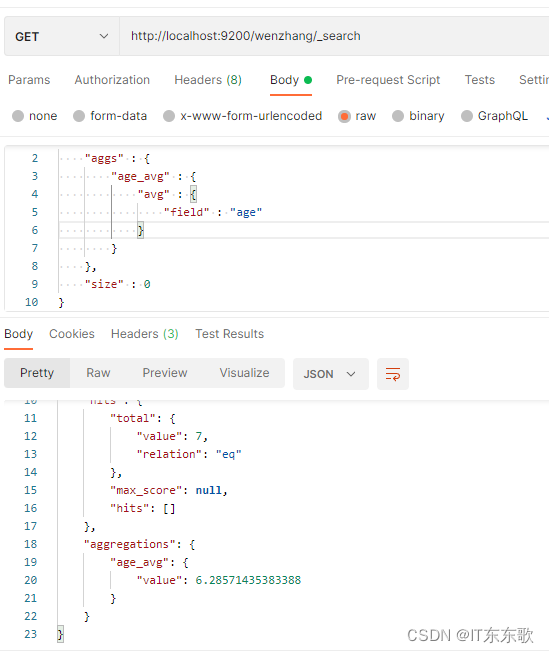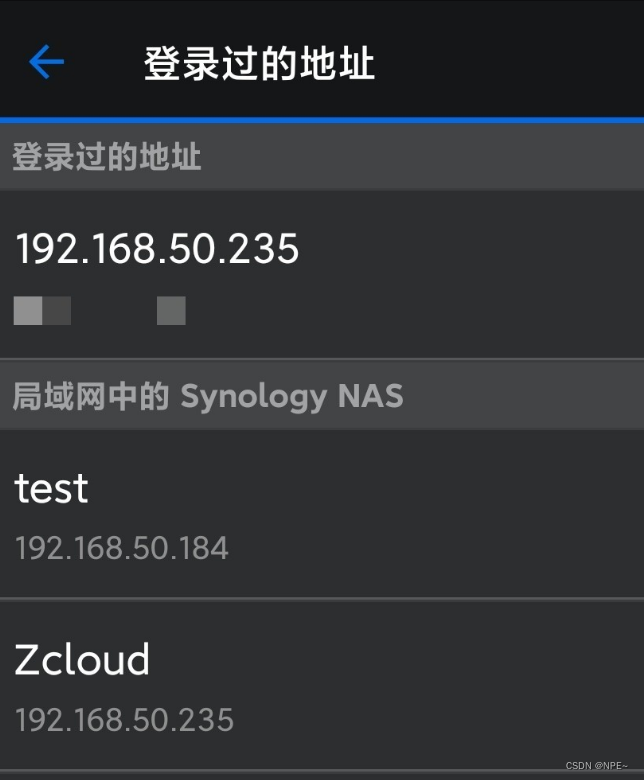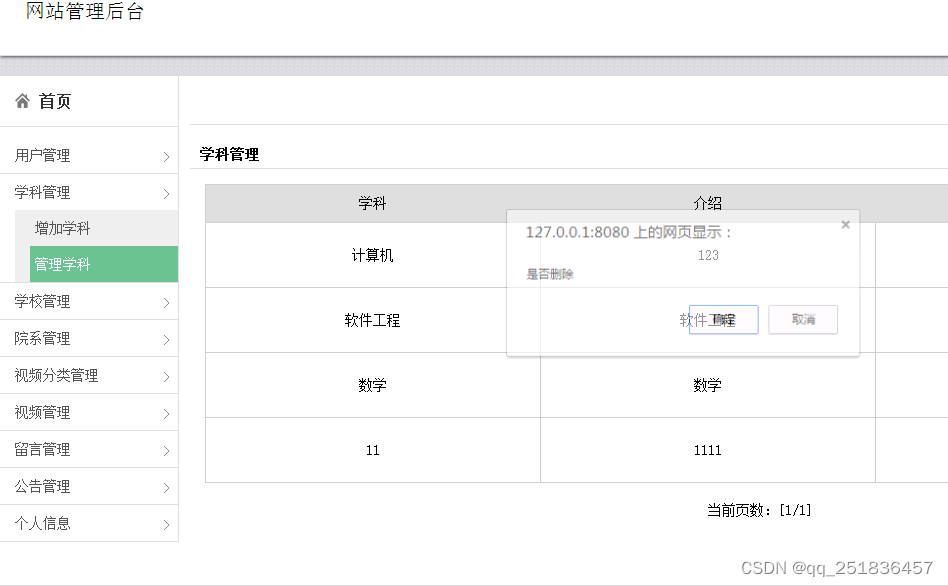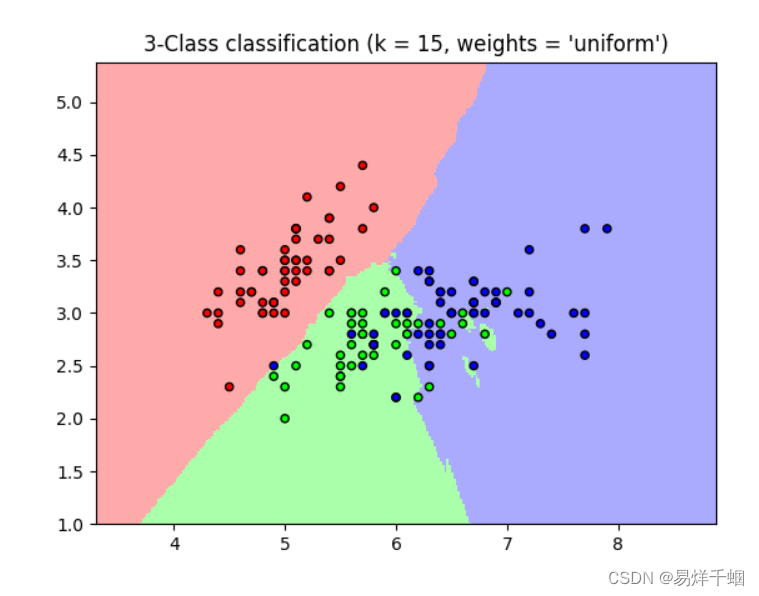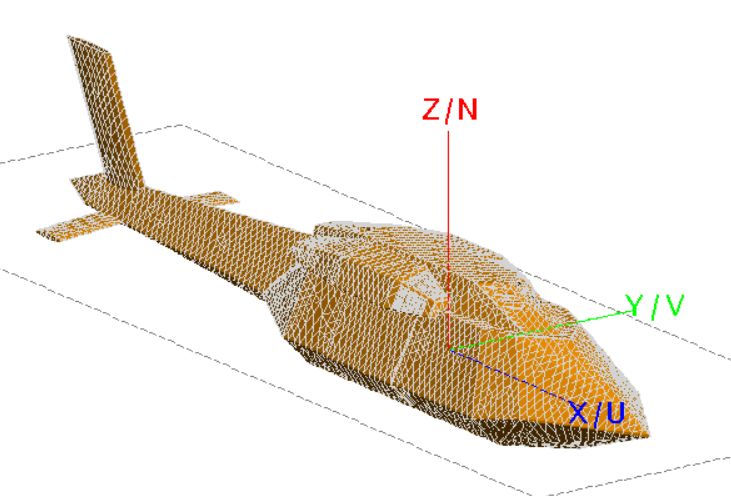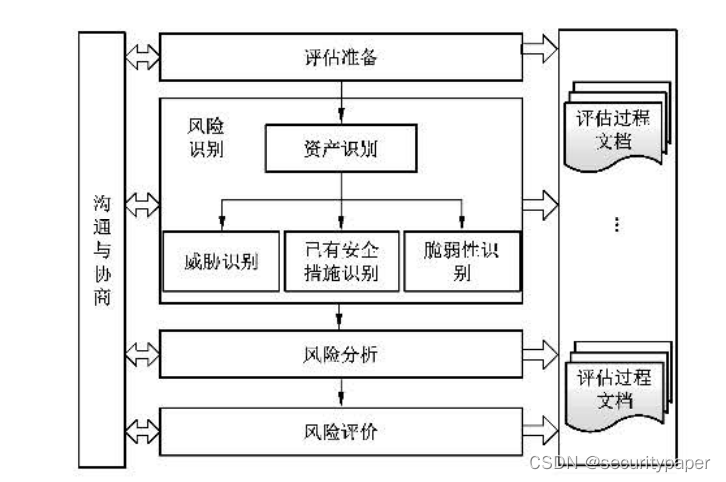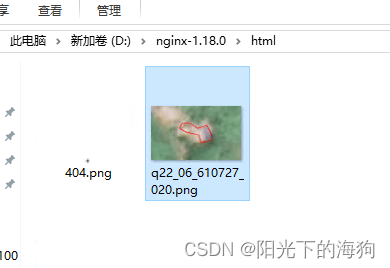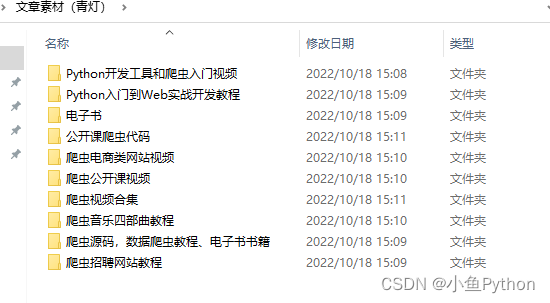非线性激活函数
- torch.nn.functional.threshold(input, threshold, value, inplace=False)
- torch.nn.functional.relu(input, inplace=False)
- torch.nn.functional.relu6(input, inplace=False)
- torch.nn.functional.elu(input, alpha=1.0, inplace=False)
torch.nn.functional.leaky_relu(input, negative_slope=0.01, inplace=False) - torch.nn.functional.prelu(input, weight)
- torch.nn.functional.rrelu(input, lower=0.125, upper=0.3333333333333333, training=False, inplace=False)
- torch.nn.functional.logsigmoid(input)
- torch.nn.functional.softmax(input)
- torch.nn.functional.log_softmax(input)
- torch.nn.functional.tanh(input)
- torch.nn.functional.sigmoid(input)
填充和压缩
torch.nn.functional.pad(input, pad, mode=‘constant’, value=0)
对数据集图像或中间层特征进行维度扩充。
参数
- input:需要扩充的tensor,可以是图像数据,抑或是特征矩阵数据
- pad:扩充维度
- mod:扩充方法,’constant‘, ‘reflect’ or ‘replicate’三种模式,分别表示常量,反射,复制
- value:扩充时指定补充值,但是value只在mode='constant’有效,即使用value填充在扩充出的新维度位置,而在’reflect’和’replicate’模式下,value不可赋值
import torch
import torch.nn.functional as F
t4d = torch.empty(1, 3, 5, 3)
p1d_ = (1, 2, 0, 0)
t1 = F.pad(t4d, p1d_, 'constant', 1) # 对图像的左边填充1列,右边填充2列
p2d = (1, 2, 3, 4)
t2 = F.pad(t4d, p2d, 'constant', 2) # 对图像的左边填充1列,右边填充2列,上边填充3行,下边填充4行
p3d = (1, 2, 3, 4, 5, 6)
t3 = F.pad(t4d, p3d, 'constant', 3) # 对图像的左边填充1列,右边填充2列,上边填充3行,下边填充4行,对通道方向的前面填充5层,对通道方向的后面填充6层。



torch.nn.functional.upsample(input, size=None, scale_factor=None, mode=‘nearest’, align_corners=None)

网格采样
torch.meshgrid(*tensors, indexing=None)
创建由tensors中的一维度输入的指定坐标网络。

torch.nn.functional.grid_sample(input, grid, mode=‘bilinear’, padding_mode=‘zeros’, align_corners=None)
给定输入和网格,使用输入值和网格中的像素位置计算输出,目前,仅支持空间(4-D)和空间(5-D)的输入。
此函数通常与 affine_grid() 结合使用来构建Spatial Transformer Networks。
- torch.nn.functional.affine_grid(theta, size, align_corners=None)
给定一批放射矩阵theta,生成2D或3D的采样网络。
此函数通常与 grid_sample() 结合使用来构建Spatial Transformer Networks。
项目中的使用
F.log_softmax
作用:在softmax结果基础上再多做一次Log运算。
F.log_softmax函数语言格式::
F.log_softmax(x,dim=1) 或者 F.log_softmax(x,dim=0)
参数解释
- x x x指输入的矩阵
- d i m dim dim指归一化的方式,如果为0,则对列作归一化,如果为1,则对行作归一化。
Flatten()
是对多维数据降维的函数。
latten(),默认缺省参数为0,也就是说flatten()和flatte(0)效果一样
python里的flatten(dim)表示,从第dim个维度开始展开,将后面的维度转化为一维.也就是说,只保留dim之前的维度,其他维度的数据全都挤在dim这一维。




